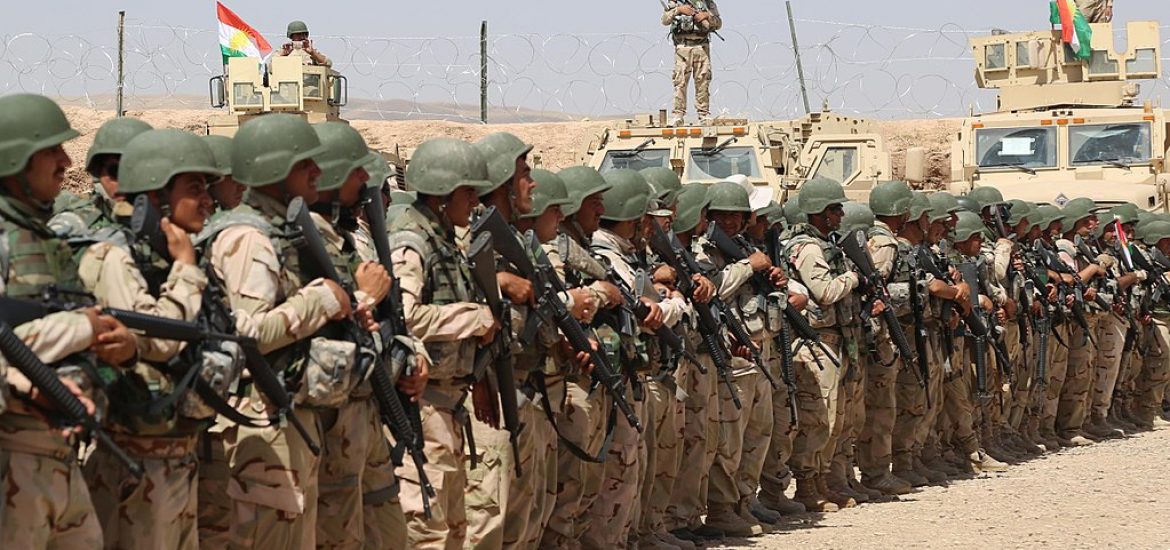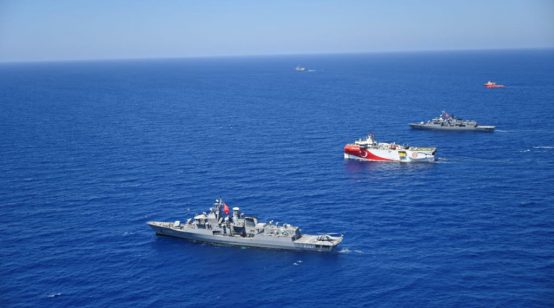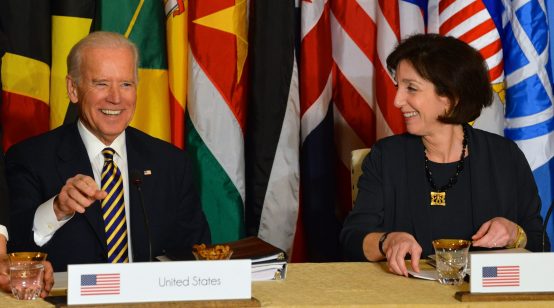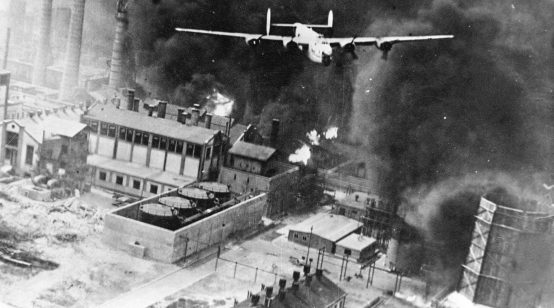
There are few more enduring themes in energy than the unpredictable and volatile geopolitics of Middle East oil, which have shaped energy markets, oil prices, and the grand strategies of the world’s powers for more than 70 years. The future importance of the region is also undeniable. The Gulf countries, Iraq, and Libya alone have 69.4% of the world’s total oil reserves.
Two weeks ago, at the annual International Petroleum (IP) Week in London, Dr. Bassam Fattouh, Director of the Oxford Institute for Energy Studies, gave a presentation on the geopolitics of Middle East oil in which he argued that “geopolitical risks have changed and are becoming more complex.” The uprisings in Egypt, Iraq, Libya, Syria, and Yemen, according to Fattouh, have shifted the borders and created new power centers and non-state actors, prompting outside powers to change their calculus in approaching the region and its oil.
Normally, this type of regional instability would throw oil markets into upheaval as we saw in the 1970s and early 1980s. From 2010, this was largely the case: oil-supply shortages sent prices over $100 from 2011-14.
Since 2014, however, Middle East political instability has barely affected the market. Of course, a major supply disruption – such as a revolution in Saudi Arabia or the closure of the Strait of Hormuz – would invariably throw markets into turmoil again. But barring such an event, there are reasons to believe that the region’s shifting politics are making its oil more secure than ever before.
Back to the future
In his 1991 Pulitzer-Prize winning history of oil The Prize, Daniel Yergin described the Middle East as “the center of gravity of world oil production” by the 1950s. By that time, Western Europe had come to rely on cheap Middle East crude to rebuild its war-torn economies, and to enjoy tremendous economic growth for two decades.
At the same time, oil – and the Arab-Israeli conflict – created geopolitical risk. Egypt’s Gamal Abdul Nasser’s used the nationalization of the British-French Suez Canal Company and opposition to Israel to rise to a position of regional leadership in the 1950s and 1960s. The Arab-Israeli conflict prompted Arab oil embargoes in 1967 and 1973-74. The fourfold rise in the price of oil in 1973-4 and another price rise sparked by the Iranian Revolution and lasting from 1979-1982 brought a second windfall of revenues to the Gulf countries, notably Iran, Iraq, and Saudi Arabia. This wealth shifted the region’s balance of power from the more populous republican states of Egypt and Syria to the Gulf. Armed with money and arms, Iran and Iraq went to war in the 1980s, and the Iranian-Saudi rivalry has since defined the region.
In broad strokes, the region’s geopolitics and oil market today broadly resemble the 1970s and 1980s. Following the price spikes of the 1970s, prices began falling after 1982 despite the Iran-Iraq War and its attendant supply outages. Saudi Arabia alone carried the burden of cutting supply, while Iran and Iraq cheated on their production quotas for immediate benefit. In late 1985, Saudi Arabia had had enough and decided to increase production to regain market share. The oversupply caused prices to plummet in 1986 and remain low until the early 2000s.
The dynamics, however, are quite different today, as signaled by how quickly prices have rebounded. This is due mostly to greater discipline among OPEC members, who have learned from the 1980s. Except for Venezuela, the oil-producing countries in the Middle East hold long-term, dovish views on prices, not seeking price rises for short-term revenue windfalls. Most importantly, compliance among members and non-OPEC members (Russia, most importantly) since December 2016 has been at 120%, a record.
Local power centers, local security
Fattouh rightly points out that oil and service companies “can no longer just negotiate with the central government; but also with local power centers and non-state actors for issues such as access and security.”
While accurate, there are three problems with this assertion. First, it conflates local power centers such as the Kurdistan Region of Iraq (KRI) and Libya with non-state actors such as ISIS. Second, local power centers provide greater security for oil supplies, at least from the perspective of oil-supply security. Whereas northern Iraqi oil was limited by Baghdad’s political interests – and wars – for decades, the KRI wants to protect and develop its assets to their fullest. If the Syrian Kurds retain control over Syria’s main oil fields in the northeast (which are relatively minor on a global scale), they too will develop them to their fullest.
Third, non-state actors are nothing new to the geopolitics of Middle East oil. The Popular Front for the Liberation of Palestine recognized in the 1960s that disruptions of oil supplies could provide political leverage, and the group attacked pipelines in Lebanon in the 1970s. Kurdish groups in Iraq and Turkey disrupted the pipeline from Kirkuk to the Mediterranean to undermine relations between Baghdad and Ankara. Sunnis tribal groups dramatically curtailed Iraqi exports after 2003 in order to gain more leverage from the central government.
The KRI and power centers in Libya have created a more even distribution of oil resources and more security for regional supplies. Even ISIS has not disrupted the market, selling oil to Damascus of all customers.
The separation of oil and politics
Saudi Arabia’s decision to protect its market share in 2014 is the new geopolitical reality of Middle East oil. Cooperation between Saudi Arabia, Iran, and Russia further demonstrates the willingness of producers to keep commercial oil interests separate from politics.
OPEC was initially founded in 1960 as a way for the oil-producing countries to keep decisions about oil separate from the vagaries of Arab politics. The Venezuelan-led initiative and the inclusion of non-Arab Iran speak to its commercial, non-political character. It seems that the organization is finally living up to its founding principles.
The shifting strategies of the region’s producers and the rise of local power centers are creating greater security for the region’s supplies.





